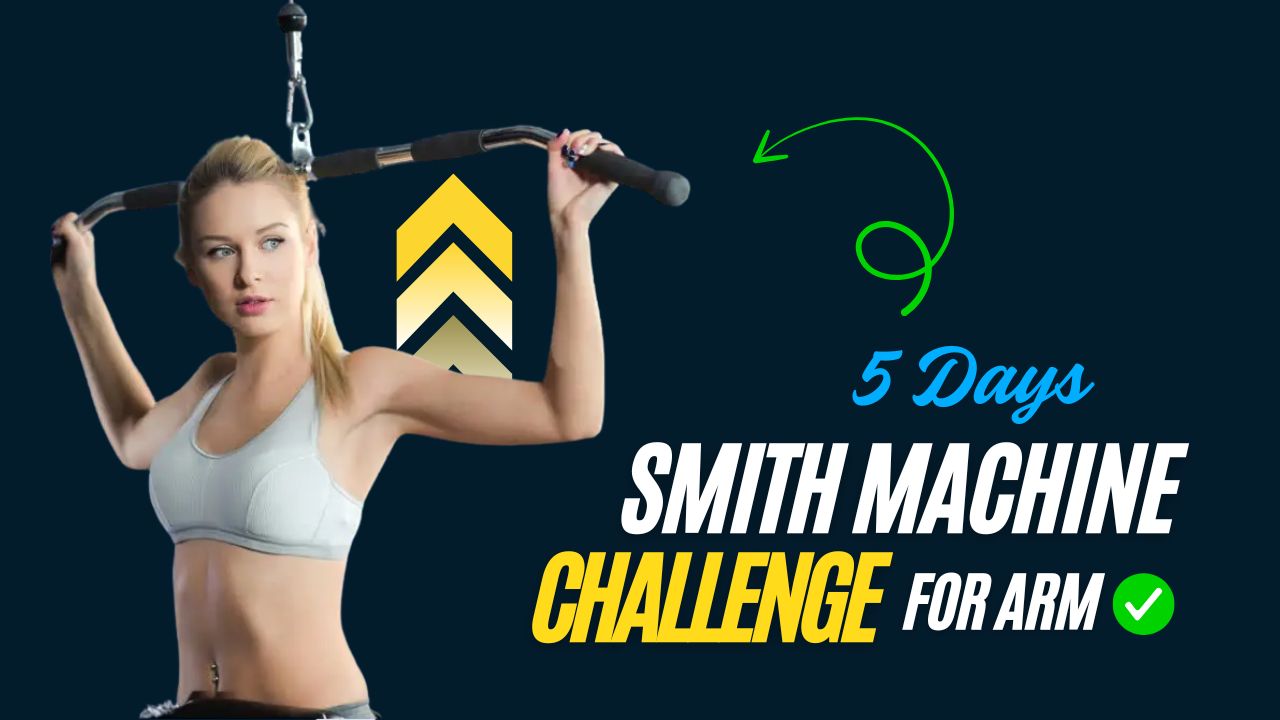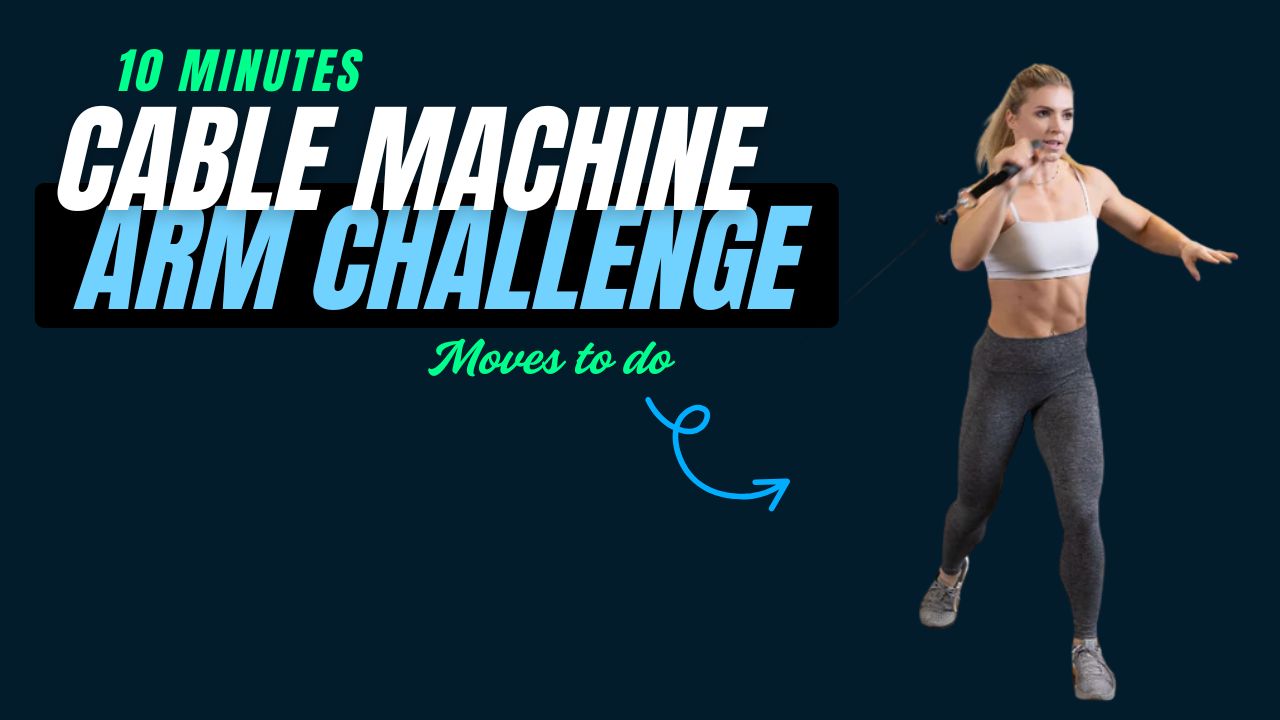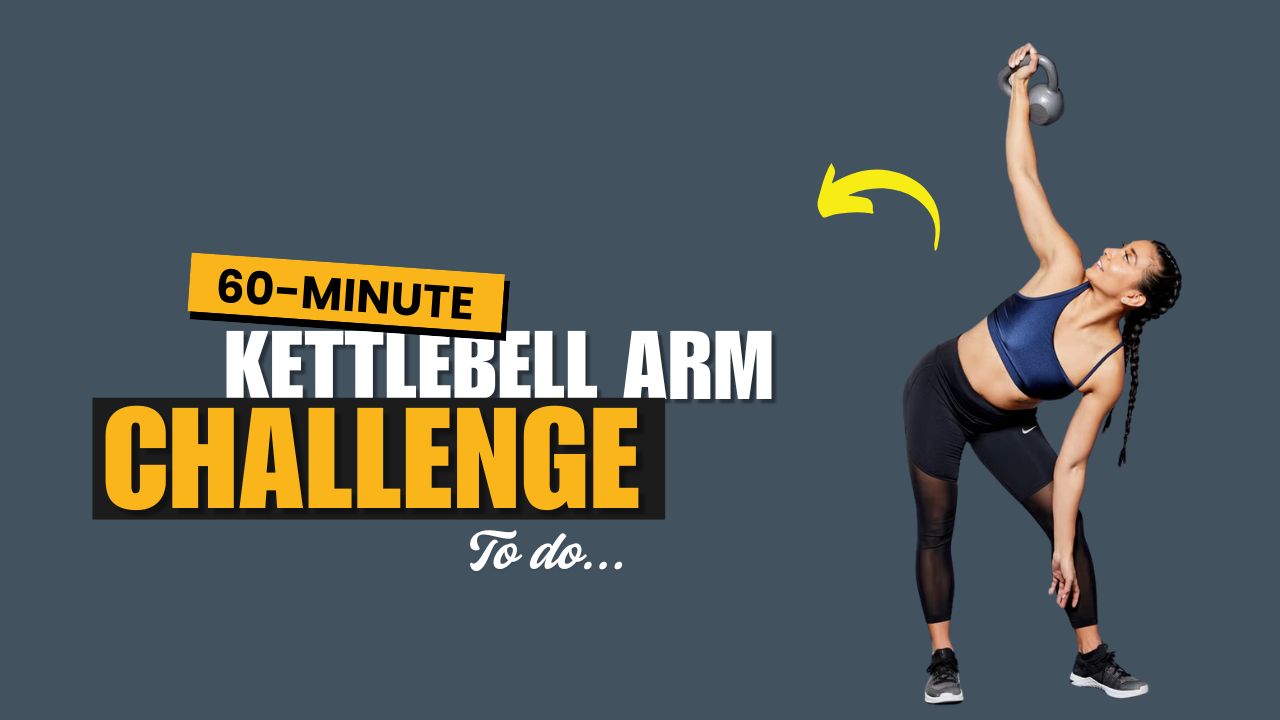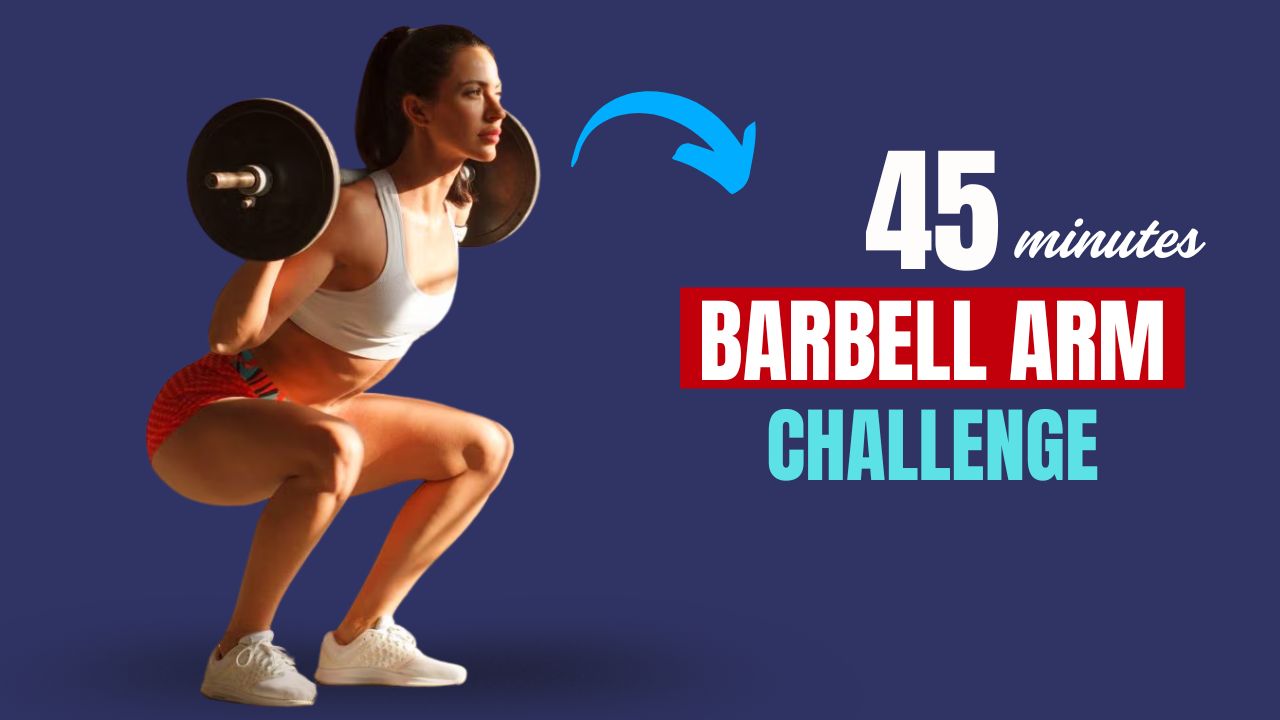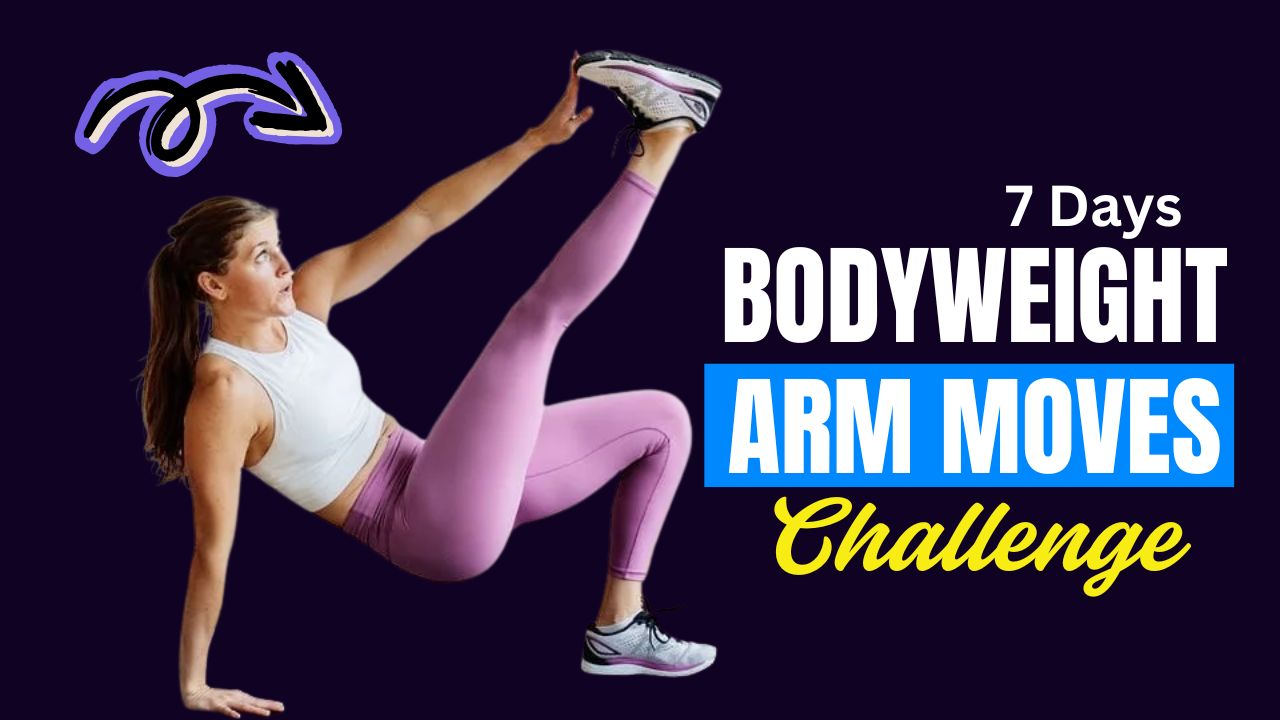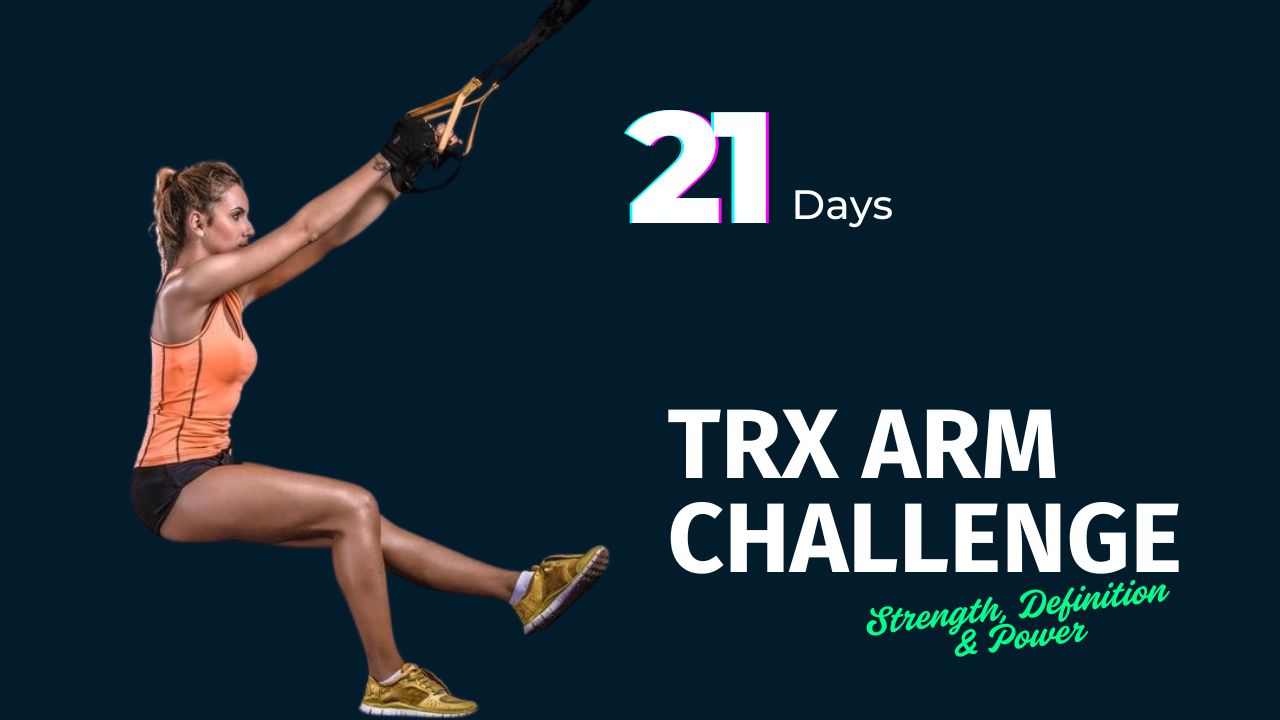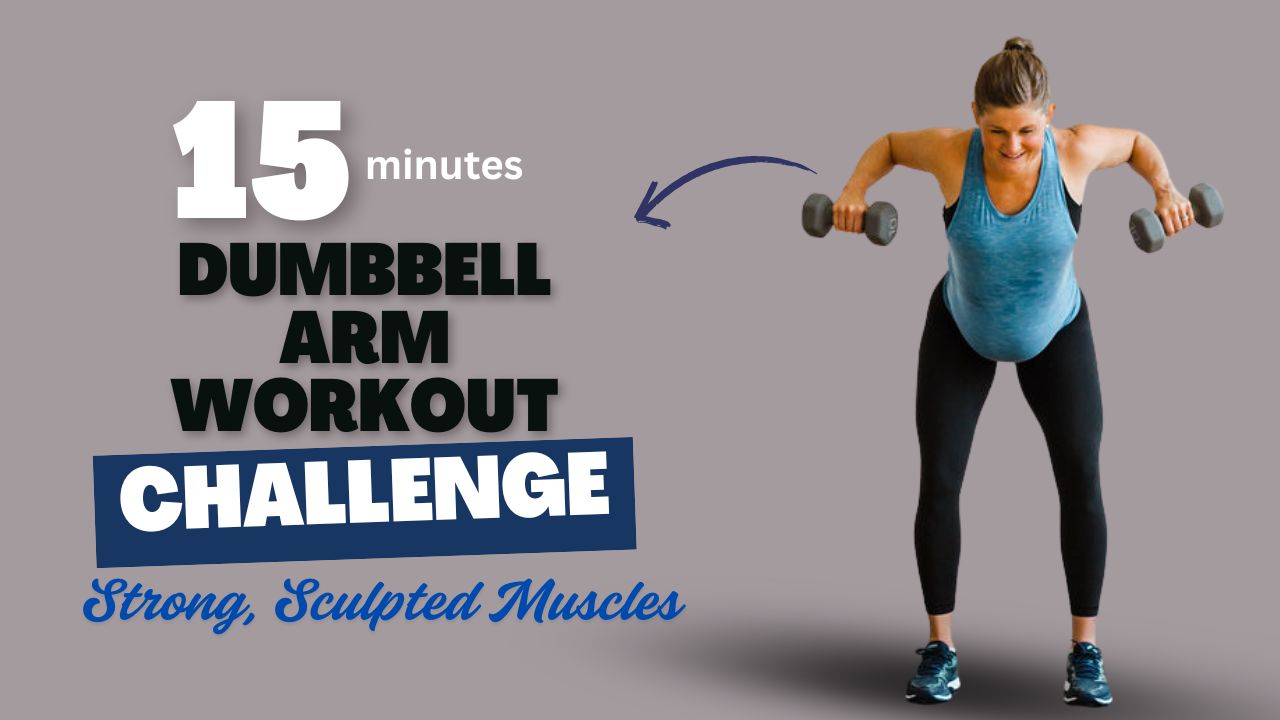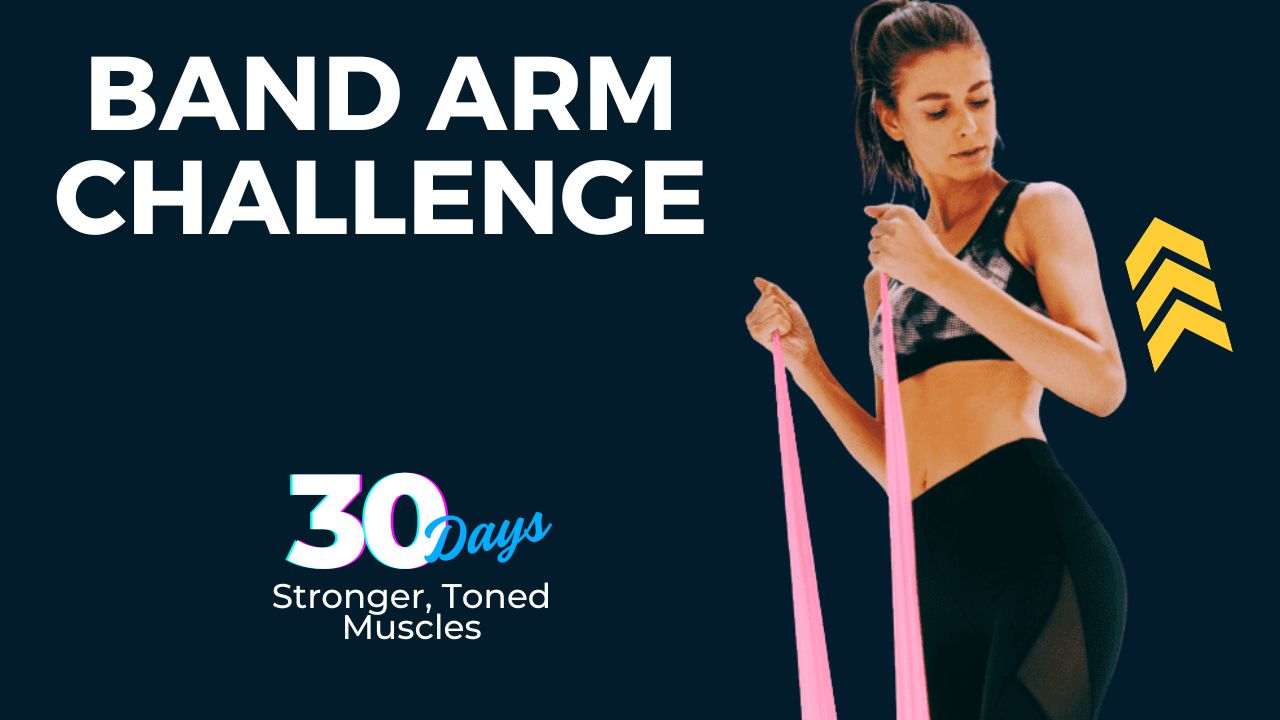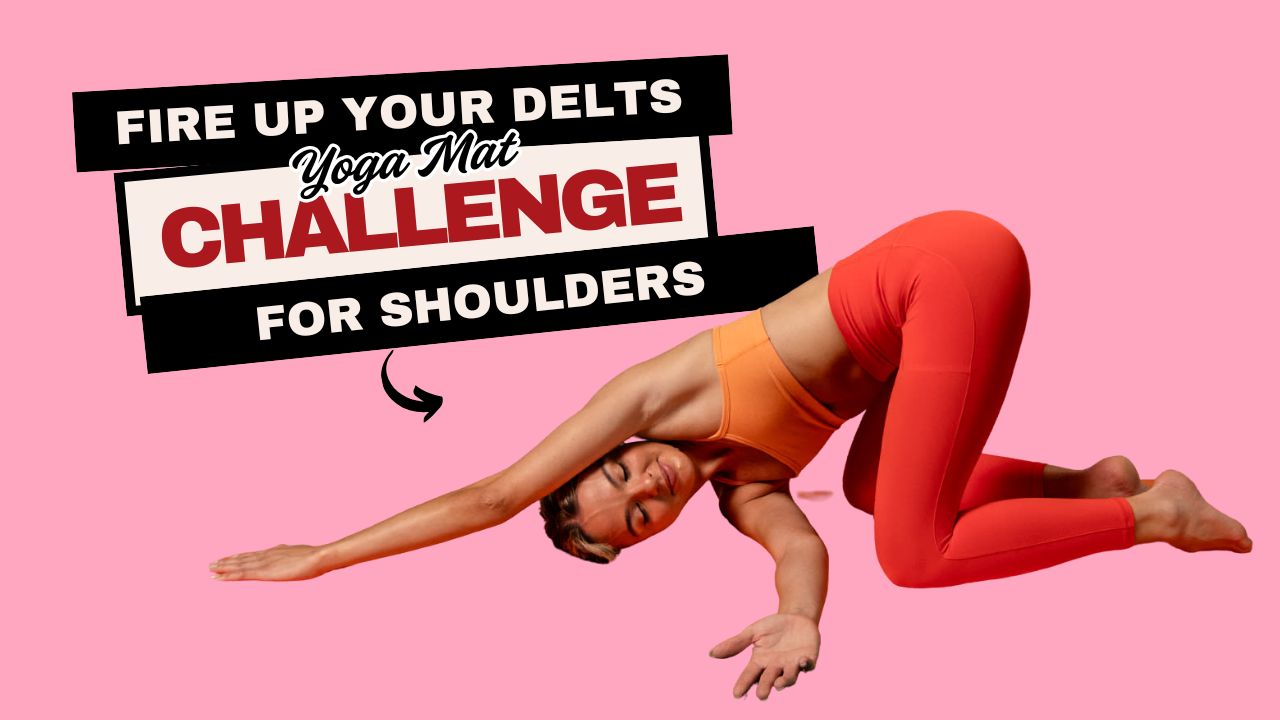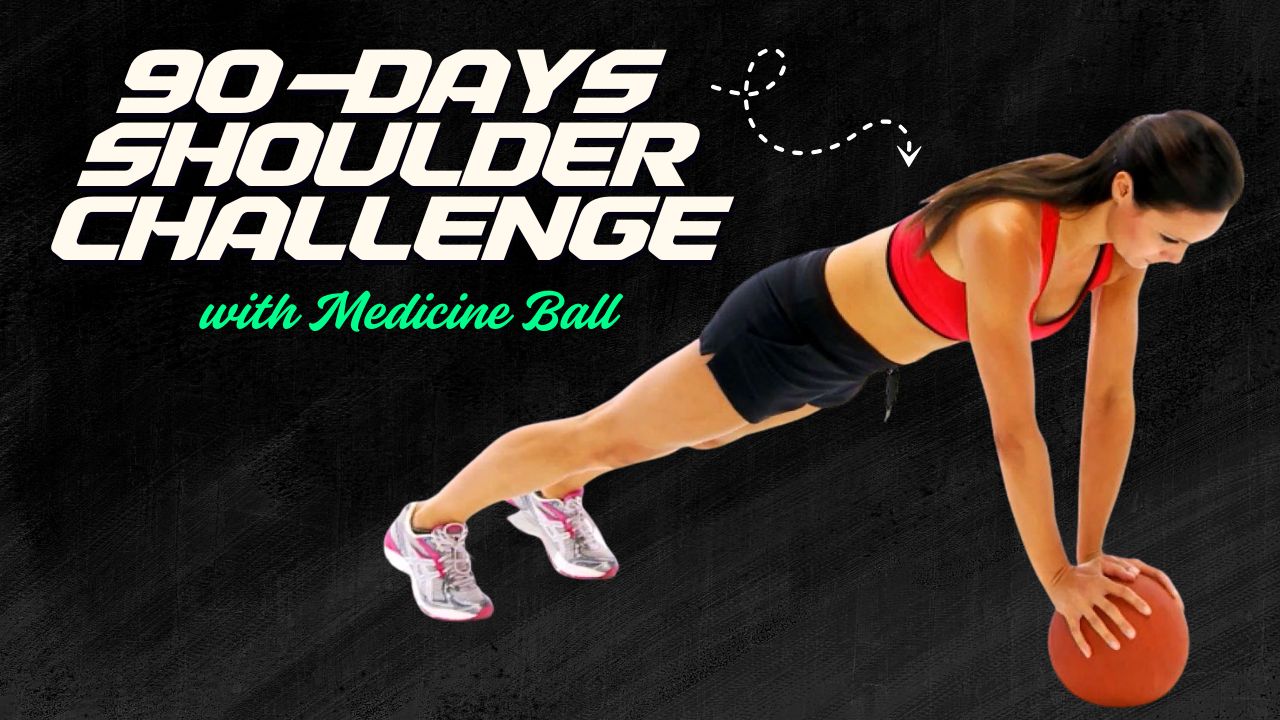Want to sculpt biceps that pop from every angle? Most lifters swear by dumbbells and barbells—but there’s a secret weapon in your gym that’s criminally underrated: the cable crossover machine. It offers constant tension, better control, and muscle isolation that can help take your bicep gains to the next level.
Did You Know?
Traditional free-weight curls often lose tension at the top or bottom of the movement. Cable machines, however, maintain that tension throughout the entire range of motion—leading to deeper muscle engagement and faster growth.
Below, you’ll discover 9 powerful Cable Crossover Bicep Exercises, complete with instructions and benefits, to help you unlock sleeve-splitting arms.
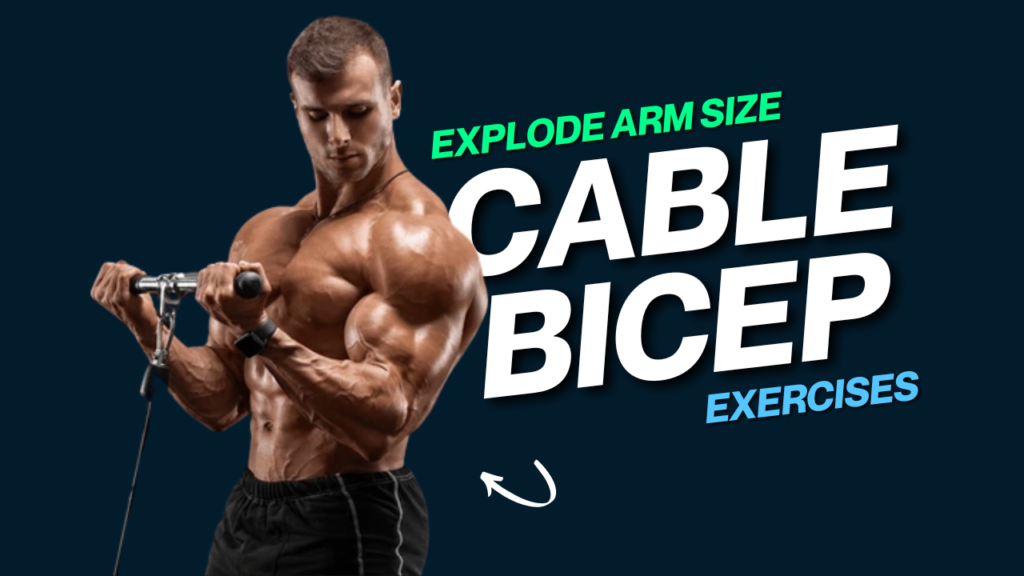
Table of Contents
What Happens After 30 Days of Cable Crossover Bicep Exercises
| Benefit | What You’ll Notice |
|---|---|
| Increased Muscle Definition | Arms appear more toned with visible bicep lines starting to show |
| Better Muscle Control | Improved ability to contract and isolate the biceps during any arm movement |
| Greater Bicep Pump | Enhanced vascularity and fullness in your biceps after each workout |
| Improved Mind-Muscle Connection | You’ll feel your biceps working more directly during curls and other arm movements |
| Symmetry & Balance | Reduced muscle imbalances between left and right arms |
| Stronger Elbow Stability | Cables improve joint control, helping reduce stress and risk of injury |
| New Growth Stimulus | Cable angles hit fibers that free weights miss, triggering fresh muscle response |
| Constant Tension Mastery | You’ll adapt to working through full range-of-motion with no tension drop-off |
| Higher Endurance in Arm Workouts | You’ll be able to push longer and handle more volume with less fatigue |
Also Read: 11 Barbell Glute Exercises That Build a Rounder Butt Fast
Do’s and Don’ts of Cable Crossover Bicep Exercises
| Do’s | Don’ts |
|---|---|
| Use slow, controlled movements | Don’t use momentum or swing the cables |
| Keep your elbows close and steady | Don’t let elbows flare out or move too much |
| Focus on full range of motion | Don’t cut reps short to lift heavier weights |
| Squeeze your biceps at the top of each rep | Don’t rush through reps without muscle contraction |
| Adjust the pulley height to vary angles | Don’t stick to just one angle or variation |
| Maintain upright posture and core tightness | Don’t arch your back or lean excessively |
| Start with light weight to master the form | Don’t go heavy right away and sacrifice technique |
| Rest 30–60 seconds between sets | Don’t overtrain your arms without recovery |
| Warm up your arms and shoulders first | Don’t jump into heavy curls with cold muscles |
1. High Cable Bicep Curl (Facing Away)
How To:
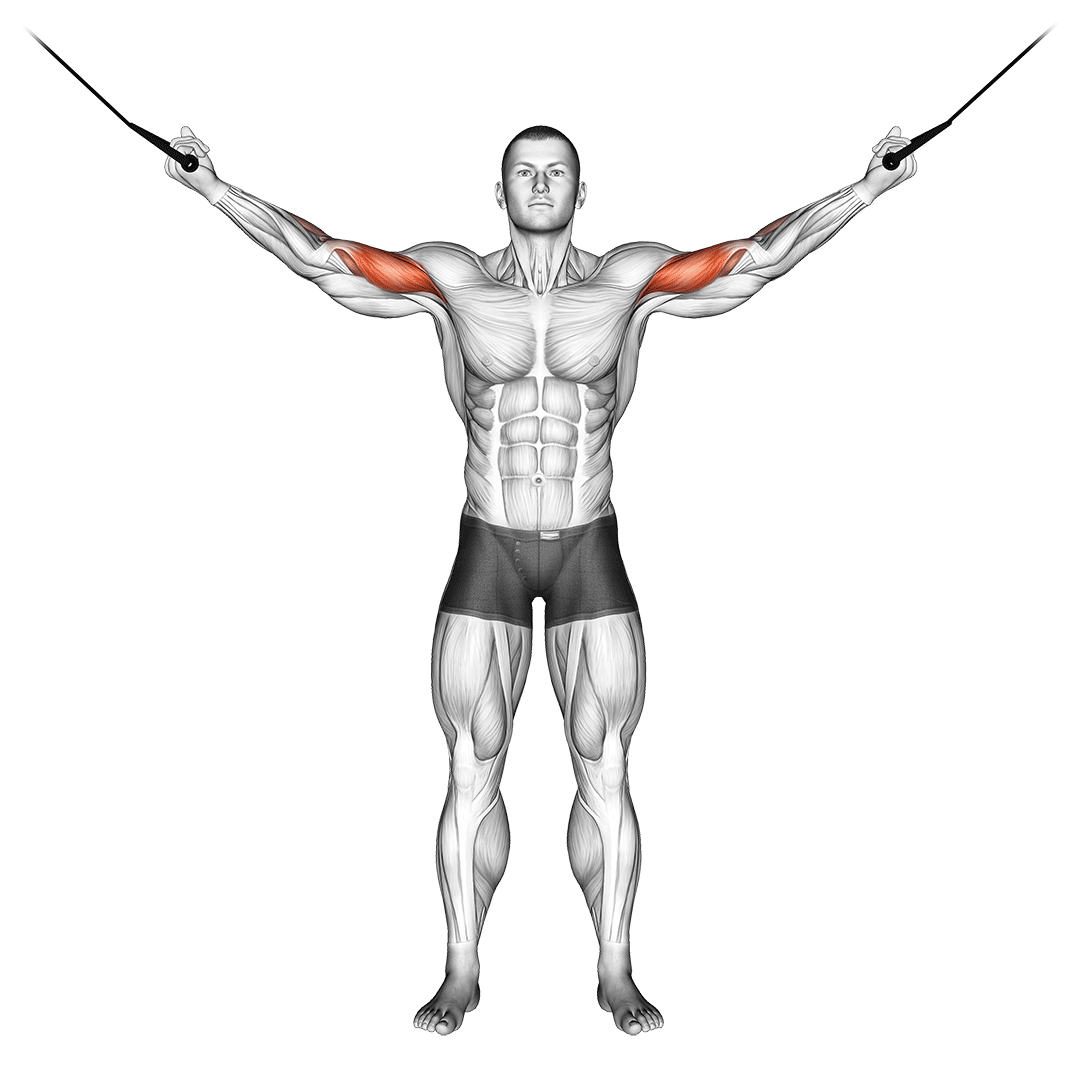
- Set both pulleys at the top.
- Grab the handles and step forward until there’s tension on the cables.
- With arms extended back slightly, curl the handles toward your ears.
- Pause, squeeze your biceps, then slowly return.
Why It Works:
It emphasizes the long head of the biceps and gives a full stretch at the bottom, encouraging hypertrophy.
Also Read: 10 Barbell Lower Back Workouts to Build Strength and Prevent Pain
2. Low Cable Bicep Curl (Facing the Machine)
How To:
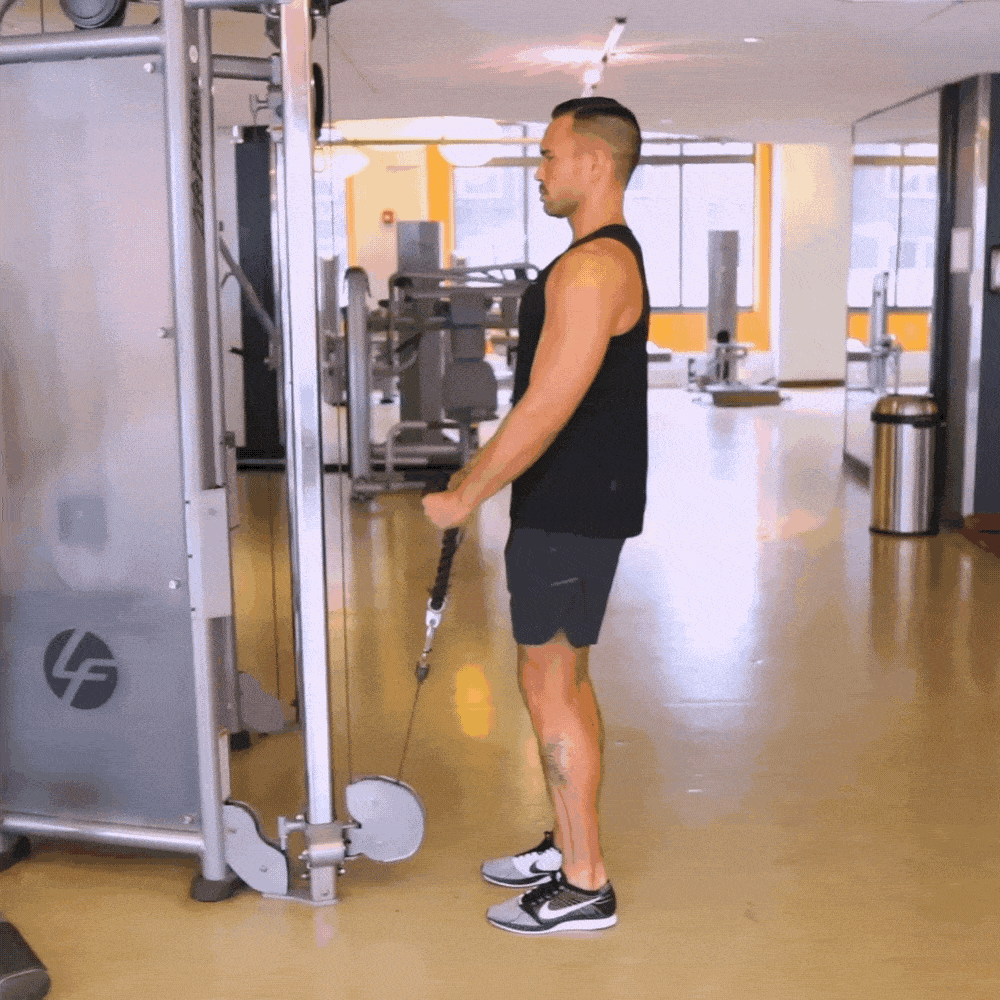
- Position both cables at the bottom.
- Grab the handles and stand tall with arms slightly outward.
- Curl both handles toward your shoulders while keeping your elbows still.
- Lower with control.
Why It Works:
Perfect for beginners. Provides a constant resistance curve and targets the biceps evenly.
3. Single Arm Cable Crossover Curl
How To:
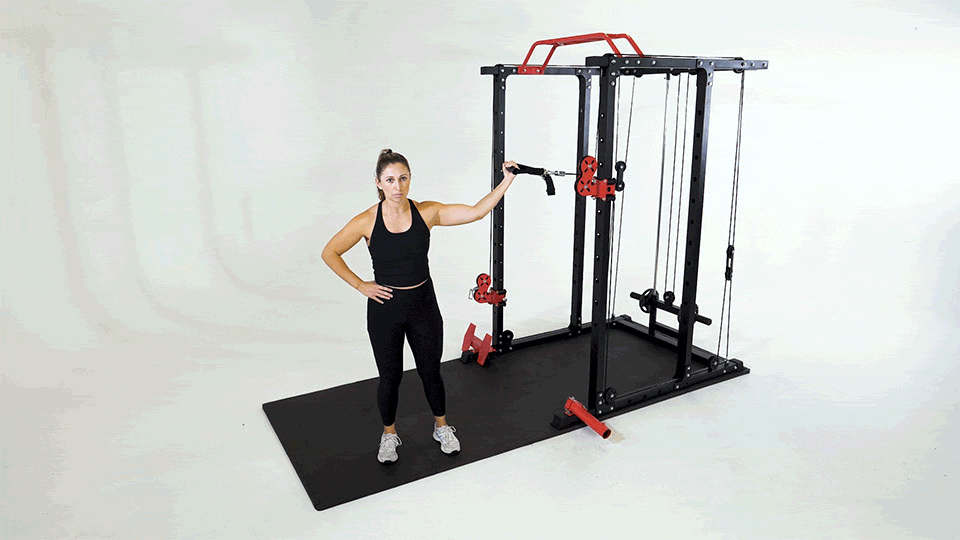
- Use one pulley set to shoulder height.
- Stand perpendicular to the machine.
- Curl the handle across your chest (toward your opposite shoulder).
- Focus on full contraction.
Why It Works:
This diagonal movement activates both heads of the biceps and adds a fresh angle for muscle confusion.
4. Bayesian Cable Curl
How To:
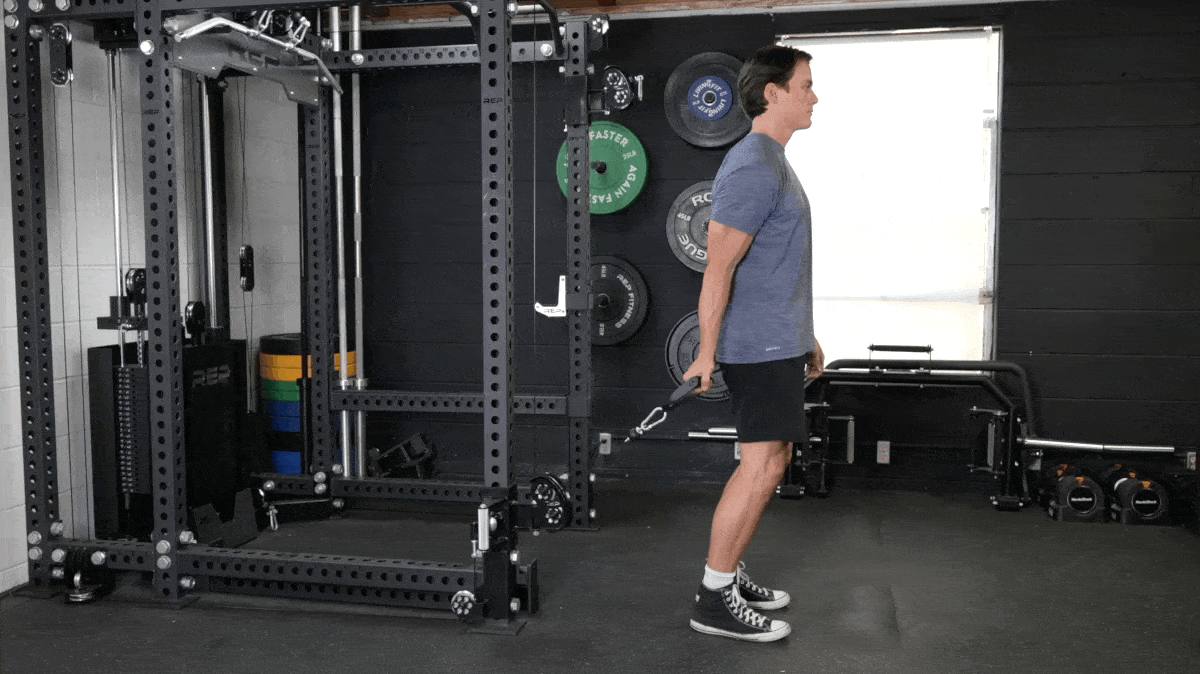
- Set the pulley at the bottom.
- Face away from the cable with the handle in one hand.
- Extend your arm behind you and curl forward.
- Keep constant forward tension.
Why It Works:
Great for peak contraction. This movement stretches the biceps at the bottom—ideal for adding size.
Also Read: 10 Barbell Tricep Workouts to Build Horseshoe Arms Fast
5. Overhead Cable Curl
How To:
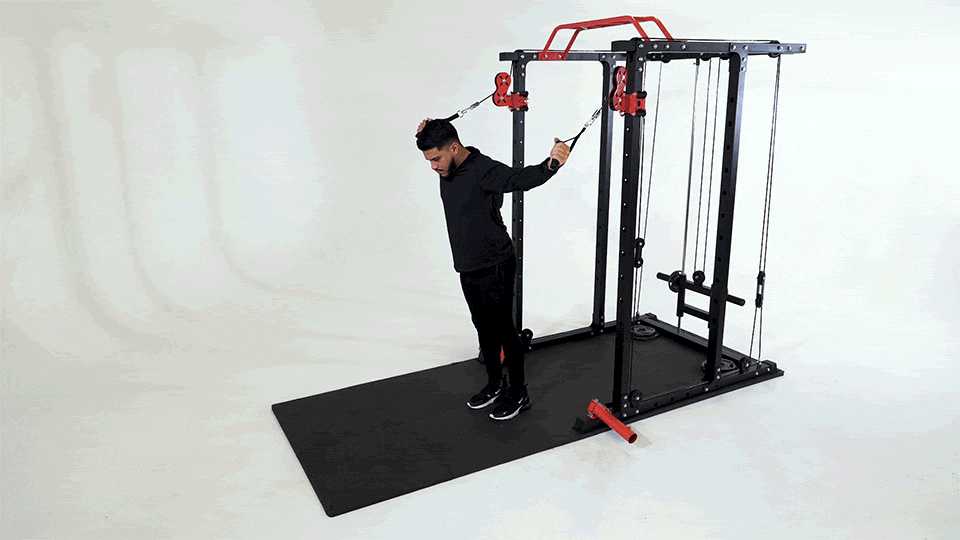
- Set both pulleys above shoulder height.
- Stand in the center, arms extended out in a T-pose.
- Curl handles toward your head simultaneously.
- Focus on squeezing at the top.
Why It Works:
Hits the biceps from a unique angle and activates stabilizers. Also great for targeting the short head.
6. Reverse-Grip Cable Curl
How To:
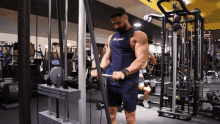
- Attach a straight bar to the low pulley.
- Use an overhand grip and curl toward your shoulders.
- Control the eccentric (lowering) phase.
Why It Works:
Targets the brachialis—the underrated muscle that adds thickness between your biceps and triceps.
7. Rope Cable Hammer Curl
How To:
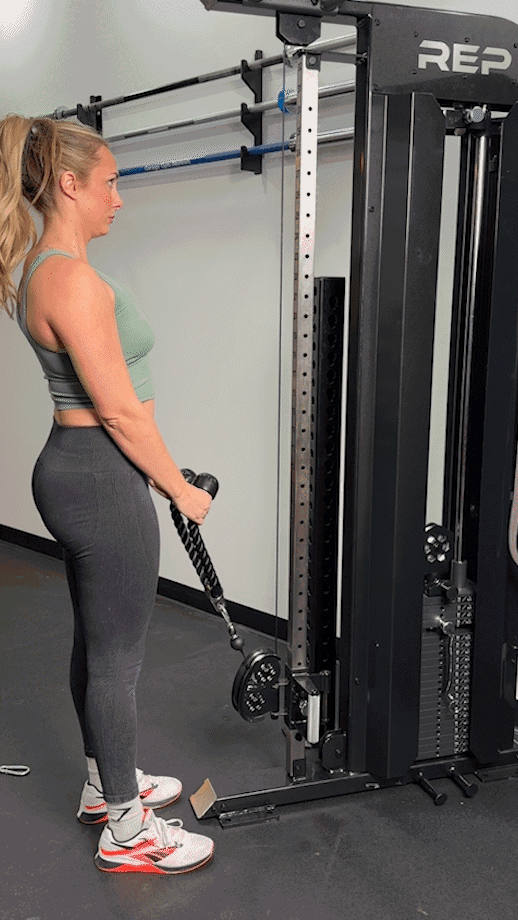
- Use a rope attachment at the bottom.
- Grab both ends with a neutral grip.
- Curl the rope up, spreading the ends apart at the top.
- Pause, then lower.
Why It Works:
Activates both the biceps and brachialis, helping build overall arm density and forearm strength.
Also Read: 11 Barbell Back Exercises to Build a Thicker, Wider Upper Body
8. Incline Cable Curl (Using Bench)
How To:
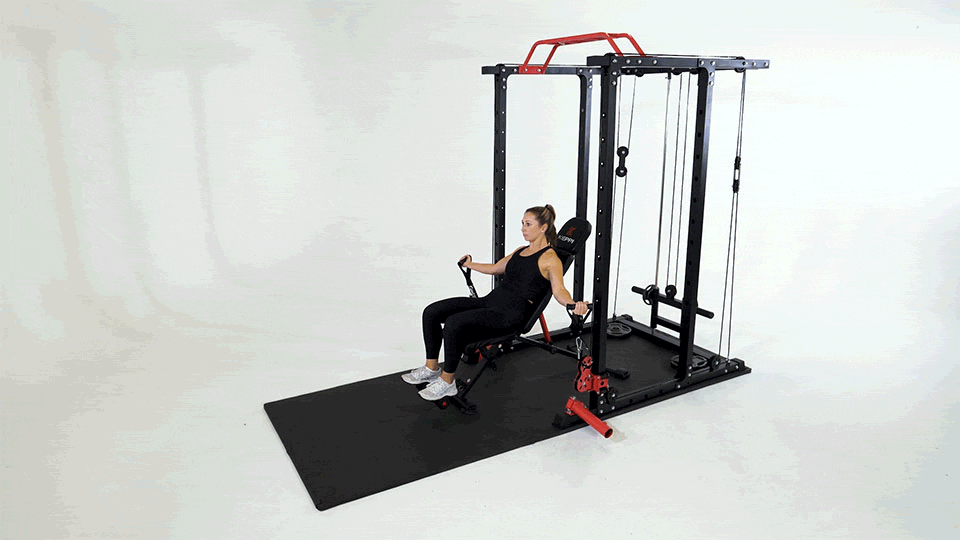
- Set the pulley at the lowest position.
- Place a bench in front of the machine at a slight incline.
- Sit back with cables in hand and arms fully extended.
- Curl slowly and squeeze hard at the top.
Why It Works:
Combines the benefits of the incline dumbbell curl with constant cable tension. Ideal for hitting the long head.
9. Cable Drag Curl
How To:
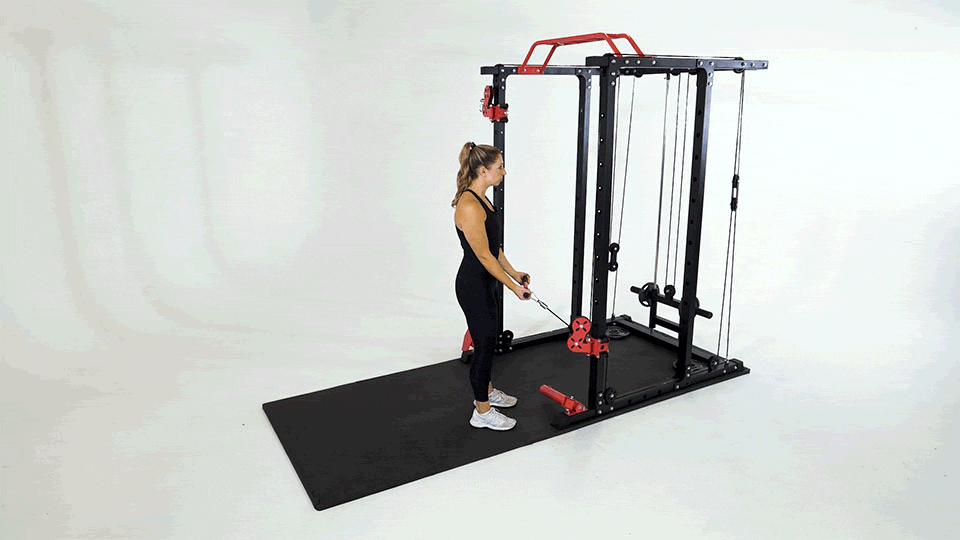
- Set the pulley low with a straight bar.
- Instead of curling the bar upward, drag it close to your torso while lifting.
- Elbows go behind the body; the bar stays close.
Why It Works:
This variation removes front deltoid activation, shifting full focus to your biceps—especially the peak.
Bonus Tip: Why Cables Work Wonders for Biceps
- Constant Tension = Continuous Growth
Free weights often lose tension at the top/bottom of a rep. Cables eliminate that. - Greater Time Under Tension
More tension = more micro-tears = more muscle rebuilding and growth. - Varied Angles & Planes
Cable crossovers allow you to attack your biceps from unconventional directions, hitting different fibers and boosting aesthetics.
Also Read: 12 Dumbbell Glute Exercises That Build a Rounder, Stronger Butt Fast
Myth Busted: “You Can’t Build Mass Without Free Weights”
Think again. Research shows that muscle growth is more about mechanical tension and progressive overload than the tool you use.
Cable exercises offer enough resistance, control, and progression to be mass-builders—especially when executed properly.
Conclusion: Make Cable Crossover Your New Bicep Secret
If your arms have hit a plateau, or you’re just tired of the same old barbell curls, it’s time to spice things up with Cable Crossover Bicep Exercises.
Whether you’re chasing size, symmetry, or serious muscle isolation—this versatile machine delivers it all.
Choose 3–4 of the above movements and add them to your arm day. Stick with them, and your t-shirts won’t know what hit them.
Frequently Asked Questions (FAQs)
Can I build big biceps with cable crossover exercises alone?
Yes, absolutely. Cable crossover exercises provide constant tension throughout the entire range of motion, which is excellent for stimulating bicep growth. When combined with progressive overload and proper nutrition, they can be just as effective as free weights.
How many times per week should I do these cable bicep exercises?
Aim for 2–3 sessions per week with at least 48 hours of rest between arm workouts. This gives your muscles enough time to recover and grow.
Are cable bicep curls better than dumbbell curls?
Not necessarily better—just different. Cables offer continuous resistance and more controlled angles, making them great for targeting weak spots and improving muscle activation. Ideally, use both for variety and complete development.
How many sets and reps should I perform for each exercise?
Start with 3–4 sets of 10–15 reps per exercise. Focus on slow, controlled movement and squeezing your biceps at the top of every rep.
Can beginners use the cable crossover machine for biceps?
Yes! In fact, it’s safer than heavy free weights because it supports controlled movement and reduces joint strain. Beginners can start with light resistance and progress gradually.
Do cable crossover bicep exercises also work other muscles?
Primarily, they target the biceps. However, depending on grip and form, they can also activate the brachialis, forearms, and shoulder stabilizers to some extent.
Should I do all 9 exercises in one workout?
No, that’s not necessary. Pick 3–4 variations per session and rotate them weekly to keep your muscles guessing and avoid overtraining.
What’s the best pulley height for bicep cable curls?
It depends on the variation. For standard curls, keep pulleys low. For overhead curls or crossover curls, adjust pulleys higher. The variety in angles challenges different parts of the biceps.
Do cable bicep exercises help with arm definition?
Yes. The constant resistance and ability to isolate the biceps help in building lean muscle, which enhances arm definition—especially when combined with a clean diet and cardio.
Can I use resistance bands instead of a cable machine?
Resistance bands can mimic some cable movements but won’t offer the same consistent tension. Cables are generally more effective for muscle building due to controlled resistance and adjustability.
